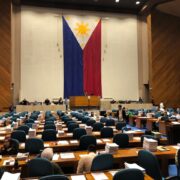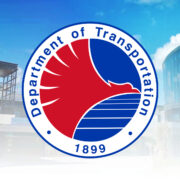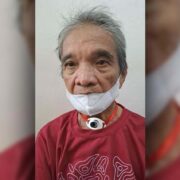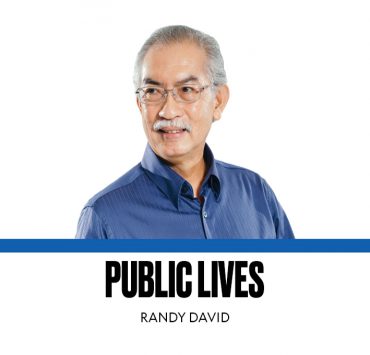Piecemeal solutions to traffic woes

The Metro Manila Development Authority (MMDA) is proposing moving work hours an hour earlier to help untangle traffic jams in the metropolis.
MMDA said it will recommend to President Marcos that national government agencies (NGAs) in the National Capital Region adopt the 7 a.m. to 4 p.m. work schedule to help ease traffic that is seen to worsen with the planned rehabilitation of Edsa starting in March.
It cited a study showing that implementing the modified work schedule among local government units (LGUs) in the NCR helped improve traffic flow and shortened travel time by 10.20 percent, while travel speed increased by 20.70 percent on roads near the city and municipal halls.
It, however, noted that local government offices were not located on major roads. But this also meant that 43,936 LGU employees with private vehicles and 38,536 others relying on mass public transportation did not have to commute along with those from NGA and private sectors during the peak hours of 6 a.m. to 9 a.m. and 5 p.m. to 7 p.m.
Minimal improvement
If we are to base it on the TomTom Traffic Index, there has been an improvement in Metro Manila’s traffic situation from being ranked the worst in the world in 2023 to 15th last year.
Looking at the data closely, however, shows a minimal improvement and the lower ranking could be attributed to the index covering more cities—from 387 in 2023 to 500 in 2024.
It took Metro Manila motorists 27 minutes and 18 seconds to drive 10 kilometers last year, but this was 10 seconds more than the travel time in 2023. In addition, the 2024 average congestion level was 41 percent, or 1 percent higher than in 2023; while the average speed was 22 km per hour, or 0.1 km slower than the previous year.
The 2024 index also showed that the average travel time for 10 km took longer in the evening, 36 minutes and eight seconds, compared with 29 minutes and 58 seconds in the morning. The congestion was also higher during after-work rush hour at 82 percent compared with 56 percent during the morning rush hour.
Data also showed that in 2024, it took 103 hours extra time to drive in rush hours, or the equivalent of four days and seven hours. This is one hour and 47 minutes more than in 2023.
Necessary inconvenience
The Department of Public Works and Highways (DPWH) unveiled last year its traffic decongestion plan that included expansion and upgrading of transportation infrastructure such as the construction of new roads and bridges. The plan, DPWH Secretary Manuel M. Bonoan said, focuses on building more by-passes, diversion roads, expressways, flyovers, interchanges, and underpasses.
Following the 2023 worst traffic ranking, the Department of Transportation also announced that it was pushing to complete road and rail projects in Metro Manila to address the problem. This included the Metro Manila Subway Project, which started in 2023.
Indeed, the traffic problem requires collaborative efforts between government agencies, private sector stakeholders, and the community. The gridlock that commuters and motorists experience every day, many due to rail construction work, can be considered a necessary inconvenience to enjoy the future benefits of a seamless road network and transportation system.
The traffic problem is not confined to Metro Manila alone, however. TomTom’s 2024 traffic index showed that Davao ranked 10th worst among cities worldwide and first within the country with an average of 28 minutes of travel time per 10 km. Manila and Caloocan cities ranked second and third, respectively. This only shows that traffic, as a consequence of rapid urbanization, is a countrywide issue.
National framework
While expanding road networks can help, they cater mostly to motorists. The government must keep in mind that many Filipinos still rely on public transportation such as buses and jeepneys; thus, it must address their transportation needs urgently, not only in the capital but nationwide.
This once more highlights the need for a national land use policy that not only regulates the allocation of land but also helps stakeholders see the bigger picture of how urban development could impact not only livelihoods but associated issues such as traffic and transportation.
Mr. Marcos last year said enacting such a policy was urgent—the proposed National Land Use Act has already passed the third and final reading at the House of Representatives in May 2023 but remains at the committee level in the Senate. There are only a few months left before the midterm elections. If this Congress fails to pass the measure, the process will have to be restarted in the next.
Any scheme like changing work hours to spread travel time to help ease the traffic is most welcome. But when will public servants understand that it takes more than piecemeal solutions to solve a complicated problem like traffic?





















